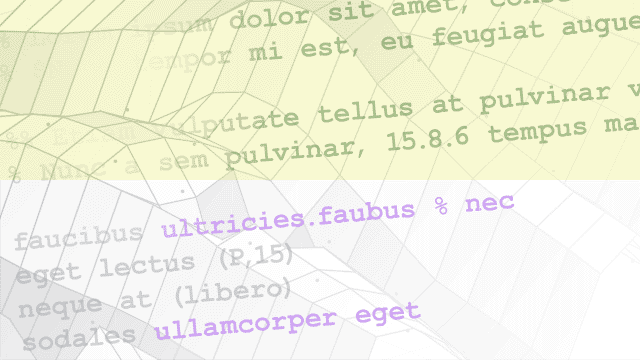Quantification
Lorsque vous développez un système dynamique utilisant une arithmétique à virgule flottante, en règle générale, vous n'avez pas à vous soucier des limitations numériques. En effet, les types de données à virgule flottante présentent une précision et une plage élevées. À l’inverse, lorsque vous travaillez avec une arithmétique à virgule fixe, vous devez tenir compte de ces facteurs au moment de développer des systèmes dynamiques :
Quantification
Les valeurs à virgule fixe sont arrondies. Par conséquent, le signal de sortie du système physique et le signal d'entrée du système de contrôle ne présentent pas les mêmes caractéristiques que le signal idéal à temps discret.
Overflow
L'ajout de deux valeurs négatives ou positives suffisamment grandes peut donner un résultat qui ne correspond pas à la représentation. Cela nuira au système de contrôle.
Bruit de calcul
Le cumul des erreurs liées aux arrondis des termes individuels dans la réalisation génère du bruit dans le signal de contrôle.
Cycles limites
Dans un système idéal, la sortie d'une fonction de transfert stable (filtre numérique) s'approche d'une certaine constante pour une entrée constante. Avec la quantification, des cycles limites se produisent lorsque la sortie oscille entre deux valeurs à l'état stationnaire.
Catégories
- Précision
Limitations de la précision, effets de l’arrondi et du remplissage
- Plage
Limitations de la plage, des underflows et overflows, de la saturation et du wrapping
- Mise à l’échelle
Effets de la mise à l'échelle sur l'arithmétique à virgule fixe, mise à l'échelle en virgule binaire uniquement, mise à l'échelle avec pente/biais, mise à l'échelle pour la vitesse et mise à l'échelle pour une précision maximale
